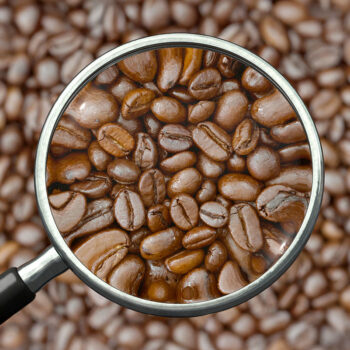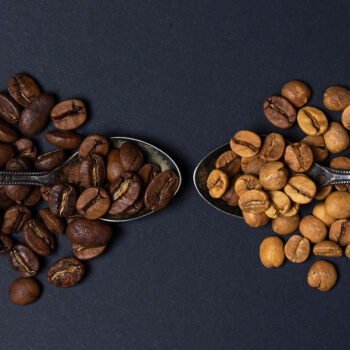When it comes to living a healthy lifestyle, it can be hard to know which steps to take to get started. With so much information floating around, fad diets, and health trends, knowing what choices to make can feel overwhelming. One of the leading conversations in healthy choices revolves around types of grain, and knowing the key differences between your white and whole wheat grain can help you make the choice that is best for you!
What’s the Difference?
While there are many debates about whether whole grain is, in fact, a healthier option than white grain breads, there are very distinct differences in how they are made that cannot be refuted. Both are made from the same product: the wheat berry. It would be easy to say that they possess the same nutrients, however, they are not both made using the same parts of the original grain.
The Different Parts of the Grain
Wheat berries have 3 main parts: the bran, the endosperm, and the germ. The bran, or outer shell, contains the bulk of the fiber, a lot of minerals, and B vitamins. The innermost core is the germ and is packed with more B vitamins, vitamin E, antioxidants, and many more healthy minerals. The middle filling of the gain is the endosperm, and it is the starchy part that maintains the carbohydrates that we get in our grain products.
When “whole wheat” or “whole grain” products are made, all three parts of the wheat berry are used in the process, while white flour only utilizes the endosperm. This means that while whole grain products contain the same part that white breads do, they also contain the part of the grain that maintains a lot of beneficial nutrients as well. These include fiber, healthy fats, some proteins, zinc, magnesium, and many more minerals that you want to have in a healthy diet.
The Health Benefits.
Multiple studies have been done to show the vast effects of using whole wheat products over white ones, and most show evidence that diets containing more whole grain products reduce the risk of many modern American health issues like diabetes and heart disease. A Harvard study done in 1994 was conducted over a 10 year period and showed a notable decrease in strokes and heart attacks for both men and women who consumed high fiber breads instead of the alternative. In addition to long term health, a higher fiber diet helps improve your digestive system and gut health. Also, a study published in the journal, Nutrients, showed not only a decrease in chronic health issues in participants over the age of 50, but also showed a trend in improved emotional health as well!
Check Your Grocery Labels
It’s important to verify the label of a product at the grocery store with the ingredients listed on the nutritional label on the back. Remember, the ingredients in all grocery store items are listed in order of what is the most predominant ingredient to the least. If the opening ingredient is not “whole grain” or “whole wheat,” then you may want to choose a different product. Also, bear in mind that just because the front label identifies the product as “wheat” does not mean that it is a whole grain product. Don’t be fooled by the color of the product either, as many impostors utilize artificial colors and bleaches to give a desired appearance. Be sure that the label specifies “whole grain” as this implies that every part of the wheat berry (or the whole grain) is used in the making of the product.
Interested in learning more or tasting some delicious wheat, rye, or gluten-free bread options? Visit Mochas & Javas at any of our San Marcos locations or in Frisco!







